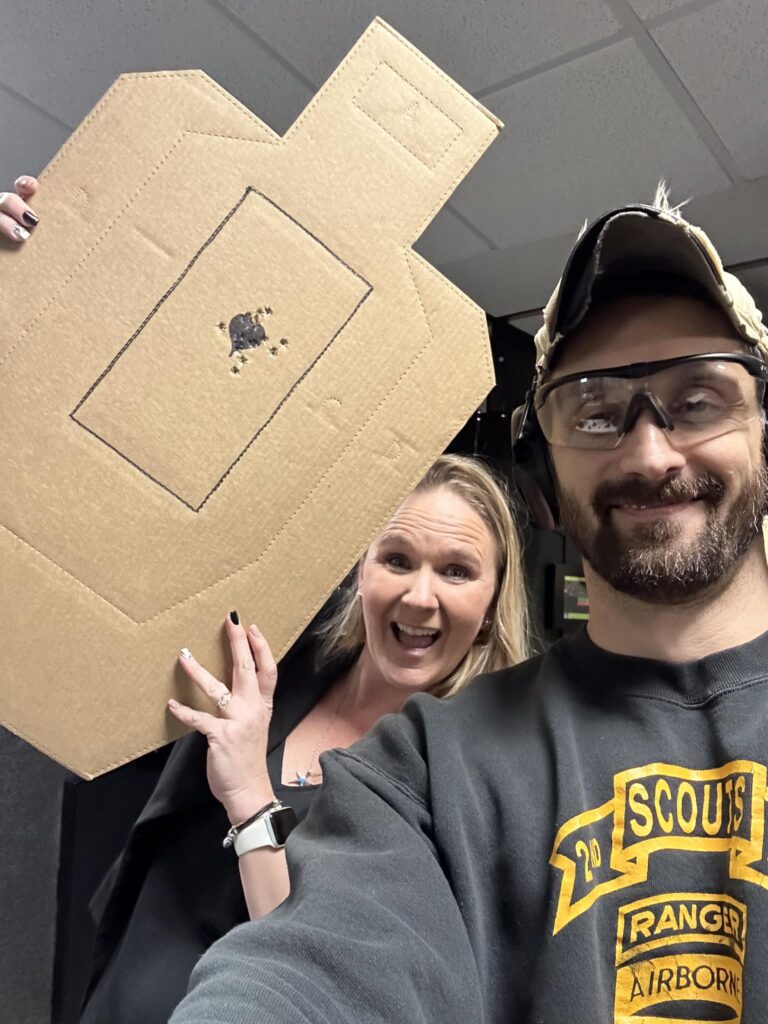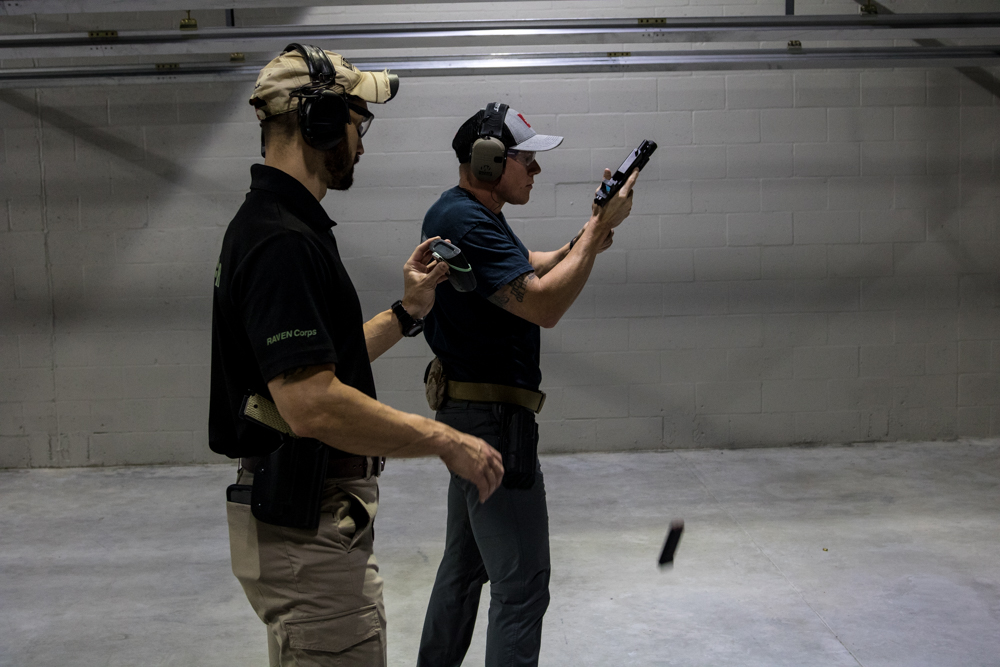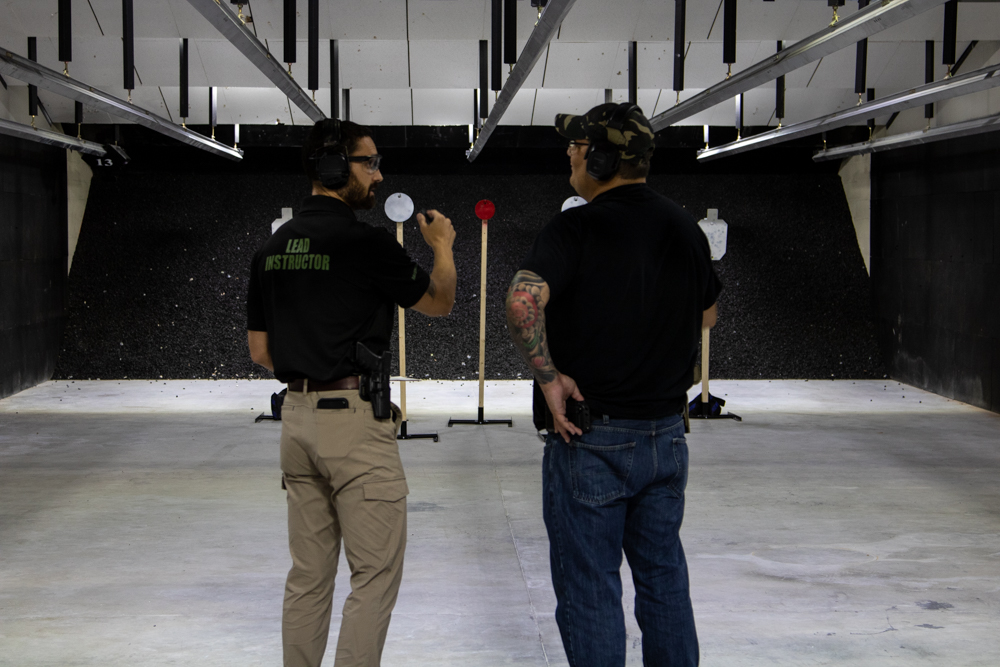Introduction
As a professional firearms instructor and former Army Sniper and SWAT team leader, I’ve seen my fair share of high-pressure situations where reloading quickly could mean the difference between success and failure. In this article, I’ll share some of the techniques and tips I’ve learned and taught over the years. This is especially for you new gun owners who are just starting on this exciting journey.
Understanding the Basics of Speed Reloading
Speed reloading is all about reloading your semi-auto handgun quickly and efficiently. It’s different from tactical reloading, which is more about reloading in a safe moment of your choosing, before your magazine is empty. Speed reloading is what you do when your gun runs dry in the middle of an action and you’re forced to do a reload.
When I was a SWAT officer, there were moments when reloading swiftly was crucial to “staying in the fight.” It’s these experiences that have shaped my approach to teaching speed reloading.
Preparing for Speed Reloads
Before you dive into the actual reloading, you need the right setup. A good holster positioned correctly can make a world of difference. And of course, you’ll need extra magazines – how you carry them is key. They should be easily accessible and positioned for a quick draw, bullets facing your belt buckle.
The type of ammunition you use also matters. You want something reliable that feeds well into your gun, reducing the chances of your pistol failing to feed.
The Speed Reloading Process Step-by-Step
-
Recognizing the need to reload:
This comes with experience. You’ll start to get a feel for when your slide locks to the rear. -
Ejecting the empty magazine:
With the thumb of your firing hand (the hand holding the gun), depress the magazine release, ejecting the magazine. It should be one smooth movement without looking at the handgun or the fresh magazine in the magazine holder on your waist. -
Retrieving and inserting the new magazine:
This is where practice really makes perfect. While releasing the empty magazine, simultaneously grab the new magazine with your non-dominant hand (the one not holding the handgun) and insert it into the now empty magazine well of the pistol. This should be quick and seamless. -
Chambering the round and resume firing:
With your non-dominant hand, grab the back of the slide with a “monkey grip,” and pull rearward. Then release your grip on the slide allowing it to sling forward on its own. Note: you don’t want to force the slide forward, or “ride it forward.” This could cause the handgun to be out of battery, the slide not fully seating the round into the chamber. Once the slide has inserted a new round into the chamber, you’re ready to get back into action. This procedure should be as quick as possible.
During my time in the military, we would practice reloading steps over and over until they became second nature. It’s this repetition that builds the muscle memory you need.
Grip and Stance for Optimal Performance
Your stance is your foundation. A stable, balanced stance will allow you to perform a speed reload more effectively. And your grip? It’s crucial. You need to hold your handgun in a way that allows for quick magazine ejection and insertion without having to make significant adjustments.
Drills and Practice Routines
Start with dry fire drills. Practice the motions without live ammunition. Then, as you gain confidence, move on to live fire exercises. Remember, it’s about incremental improvements. Don’t rush the process.
One of the drills I often used in my SWAT training days was the ’empty mag drill.’ We would start with an empty magazine in the gun and on the buzzer, reload as quickly as possible a fresh magazine with one round and fire. We repeated this several times with one round magazines. It was a great way to simulate real-life scenarios.
Common Mistakes and How to Avoid Them
A common error is fumbling with the magazine. This usually happens if you’re not familiar enough with your gear or the proper reload technique. Spend time just handling your magazines and gun. Another mistake is improper grip on the fresh magazine. This technique is the center of all reloads. Essentially placing the tip of your index finger on the tip of the first round in the top of your fresh magazine. You can see this technique in a video demonstration on our YouTube page. Otherwise you’ll just have to come see me at the range!
Advanced Tips and Techniques
Once you’re comfortable with the basics, start practicing one-handed reloading and reloading under different stress conditions. Incorporating movement and using cover can also add a realistic edge to your practice.
Safety Considerations
Never forget the importance of safety. Regularly maintain and check your firearm and magazines. Know the condition of your firearm. Always be aware of your surroundings, especially even when practicing or dry firing.
In my early days of training, I learned that complacency kills. It’s important to stay vigilant with even the most modest tasks.
Conclusion
Remember, everyone starts somewhere. Be patient with yourself and keep practicing. Seek out professional training if you feel you need it, and always keep safety as your top priority. Welcome to the world of responsible gun ownership and shooting.
I hope this guide helps you on your journey to becoming proficient in speed reloading. Remember, it’s a skill that requires patience, practice, and a commitment to safety. I look forward to seeing you on the range!

Having trouble mastering your reloads? Want to improve your reload speed? Book a private lesson with me and I’ll teach you how to reload like a professional.




